Agave Or Aloe – How To Tell Agave And Aloe Apart
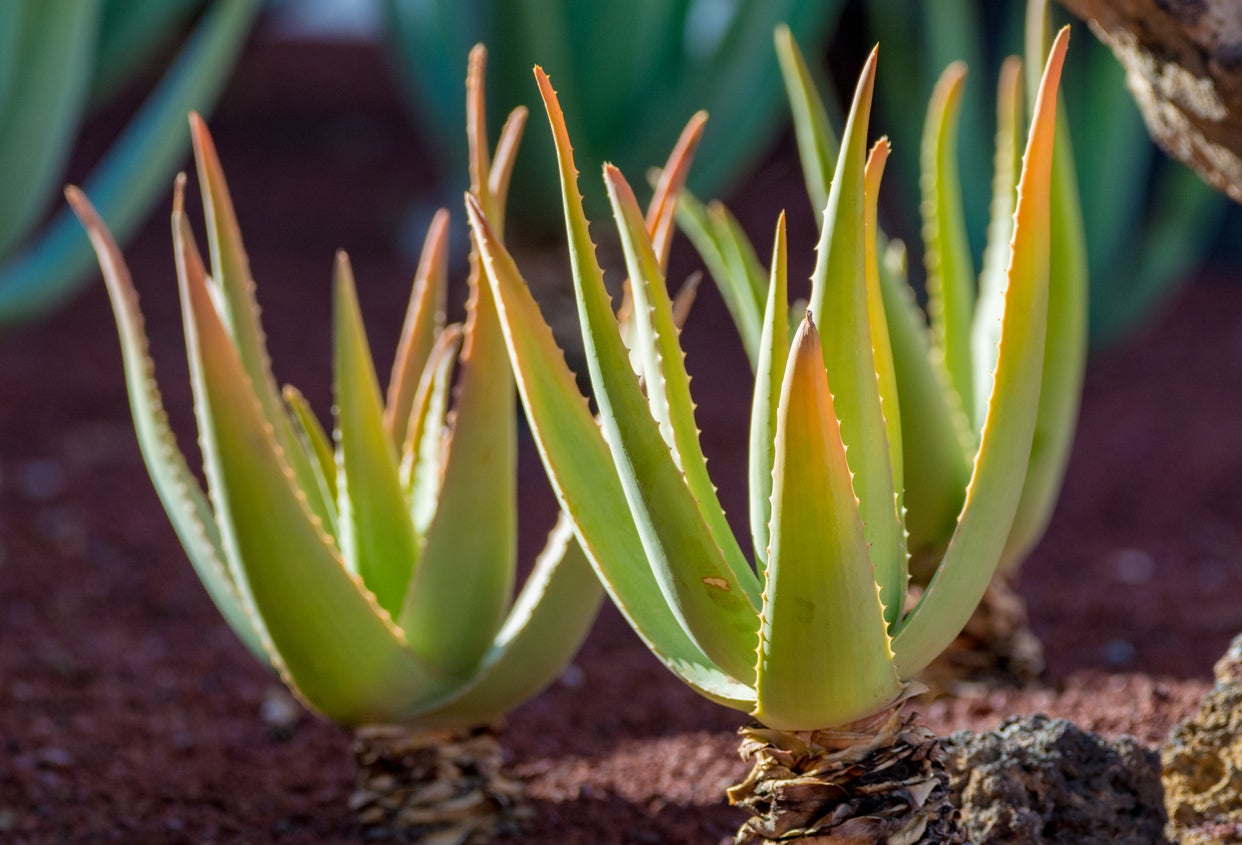

We often purchase succulent plants that are improperly labeled and, sometimes, there is no label at all. One such situation can occur when we buy agave or aloe. The plants look similar and, if you’ve not been growing them both, it is easy to get them confused. Read on to learn more about aloe and agave differences.
Aloe vs. Agave Plants – What’s the Difference?
While they both require similar growing conditions and care (drought tolerant and love full sun), there are huge internal differences between aloe and agave, and it is important to know them in some situations. For instance, aloe vera plants contain a medicinal liquid we can use for burns and other minor skin irritations. We wouldn’t want to try removing this from an agave. While the appearance of the plants is similar, agaves are used to make rope from fibrous leaves while the inside of aloes contain a gel-like substance. Aloe juice is consumed in various ways, but don’t do this with agave, as one woman found out the hard way after accidentally eating a leaf from an American agave, thinking it was aloe. Her throat went numb and her stomach required pumping. She did recover from ingesting the poisonous plant; however, it was a painful and dangerous mistake. Just one more reason to know the difference between aloe and agave. Further aloe and agave differences include their points of origin. Aloe originally comes from the Saudi Arabia Peninsula and on Madagascar, where it eventually spread and developed through the Mediterranean area. Some of the species’ development resulted in winter growers while others grow in summer. Interestingly, some aloes grow in both seasons. The agave developed closer to home for us, in Mexico and the American Southwest. An example of convergent evolution, aloe vs. agave are only distantly related from possibly the times when dinosaurs roamed the earth. Their similarities began some 93 million years ago, according to researchers.
How to Tell Agave and Aloe Apart
While the similarities can cause confusion and evoke danger as mentioned, there are some easy ways to physically learn how to tell agave and aloe apart.
- Aloe has multiple flowers. Agave has only one and often dies following its bloom.
- The inside of aloe leaves is gel-like. Agave is fibrous.
- Aloe lifespan is approximately 12 years. Agave specimens can live up to 100 years.
- Agave are larger than aloe, in most cases. There are exceptions, such as with tree aloe (Aloe bainesii).
When in doubt, don’t consume the plant unless you are positive it is an aloe. The gel inside is the best indication.
Gardening tips, videos, info and more delivered right to your inbox!
Sign up for the Gardening Know How newsletter today and receive a free copy of our e-book "How to Grow Delicious Tomatoes".

Becca Badgett was a regular contributor to Gardening Know How for ten years. Co-author of the book How to Grow an EMERGENCY Garden, Becca specializes in succulent and cactus gardening.
-
 Moody Blooms For Spring: 8 Types Of Black Flowers To Add Drama To Spring Displays
Moody Blooms For Spring: 8 Types Of Black Flowers To Add Drama To Spring DisplaysFrom midnight burgundies to inky violets, several types of black flowers can enrich and embolden a spring display. Try these brooding bloomers for a moody garden
By Tonya Barnett
-
 Can Snake Plants Live Outside? Everything You Need To Know For Snake Plants Al Fresco
Can Snake Plants Live Outside? Everything You Need To Know For Snake Plants Al FrescoSnake plants can live outside given the right conditions, but be careful that they don't take over! Learn the best way to use snake plants in your landscape.
By Mary Ellen Ellis
-
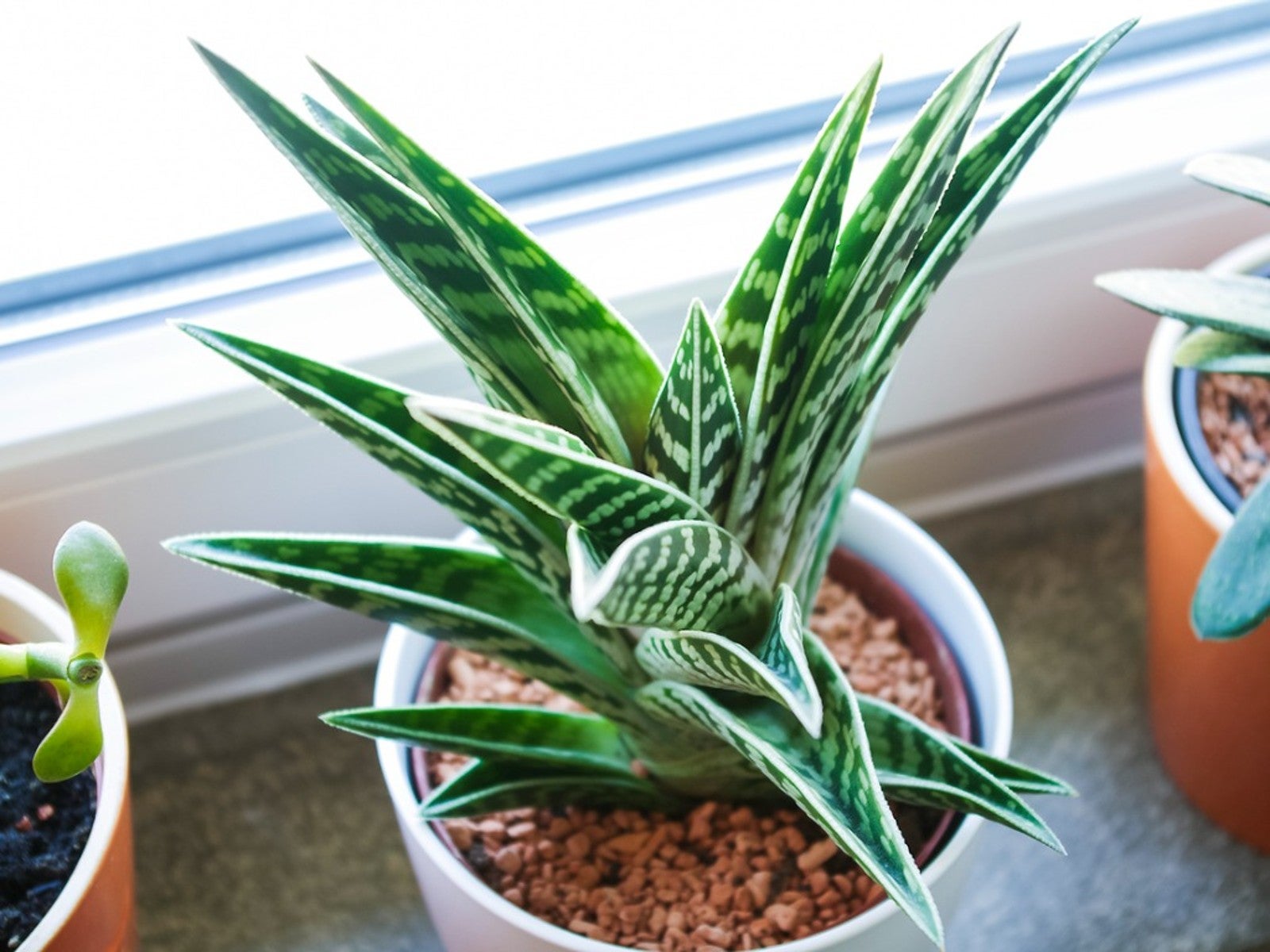 Variegated Succulents To Add To Your Plant Collection
Variegated Succulents To Add To Your Plant CollectionRead about some of the pretty variegated species that add beauty and interest to your succulent collection.
By Becca Badgett
-
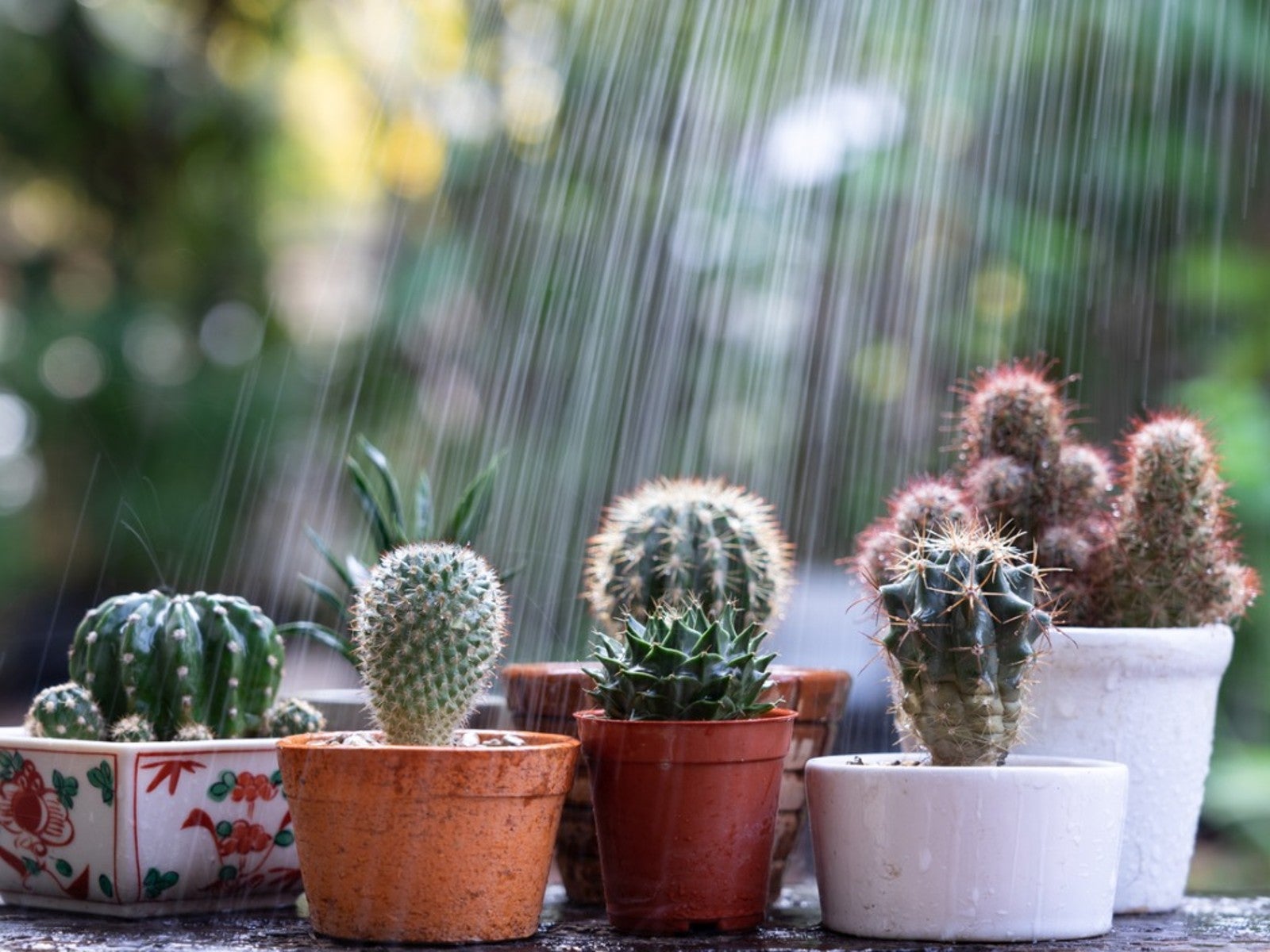 How To Protect Succulents And Cacti From Rain
How To Protect Succulents And Cacti From RainRain has the potential to cause damage to our cacti and succulents. However, when planted in proper soil, rainfall may perform as just a deep watering. Read on for more.
By Becca Badgett
-
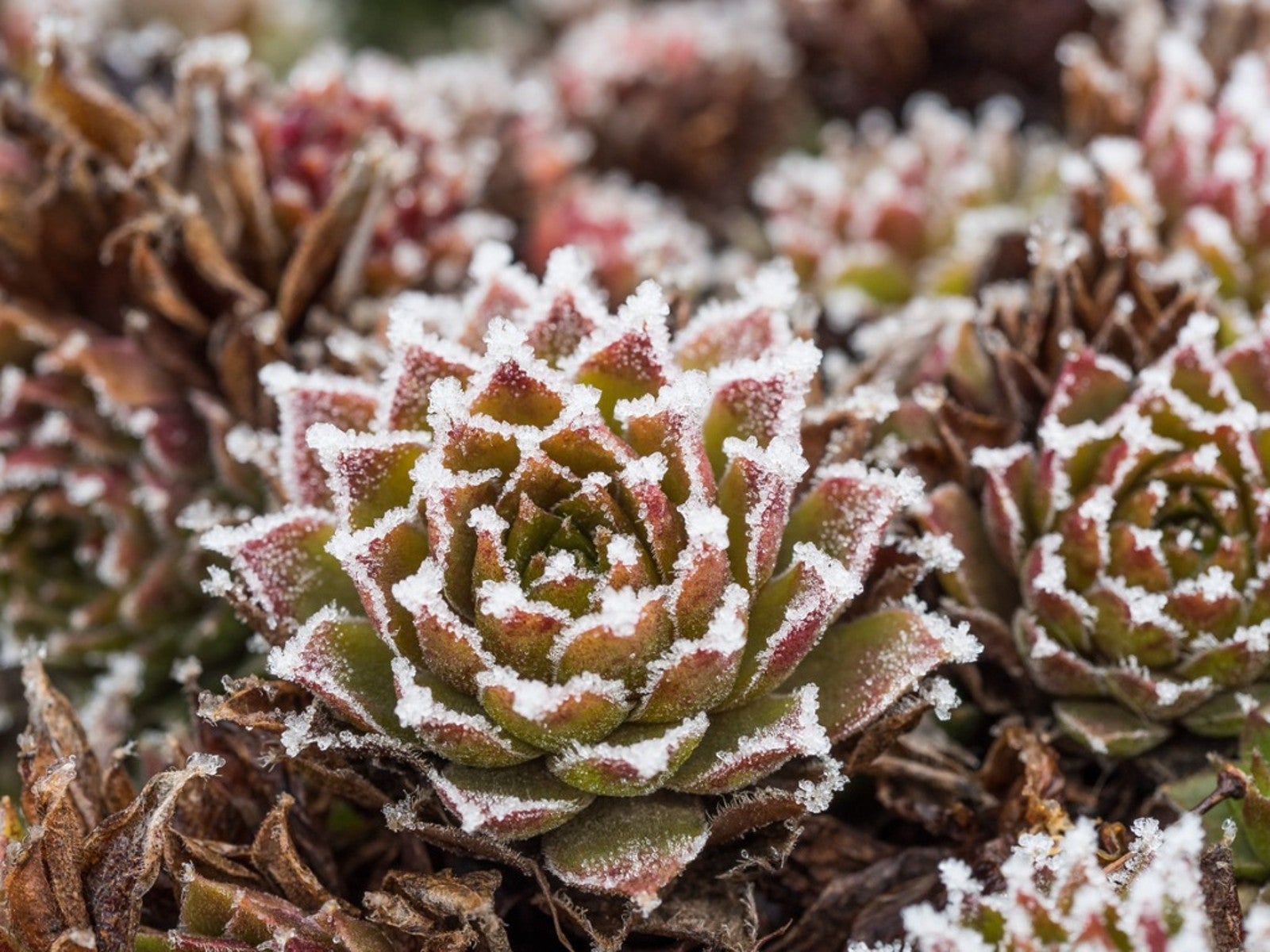 Succulents and Frost: How To Save A Succulent From Frost Or Freeze
Succulents and Frost: How To Save A Succulent From Frost Or FreezeCan succulents withstand cold? Succulents and frost don't traditionally go together and can result in damage, but you may be able to save frozen succulents.
By Bonnie L. Grant
-
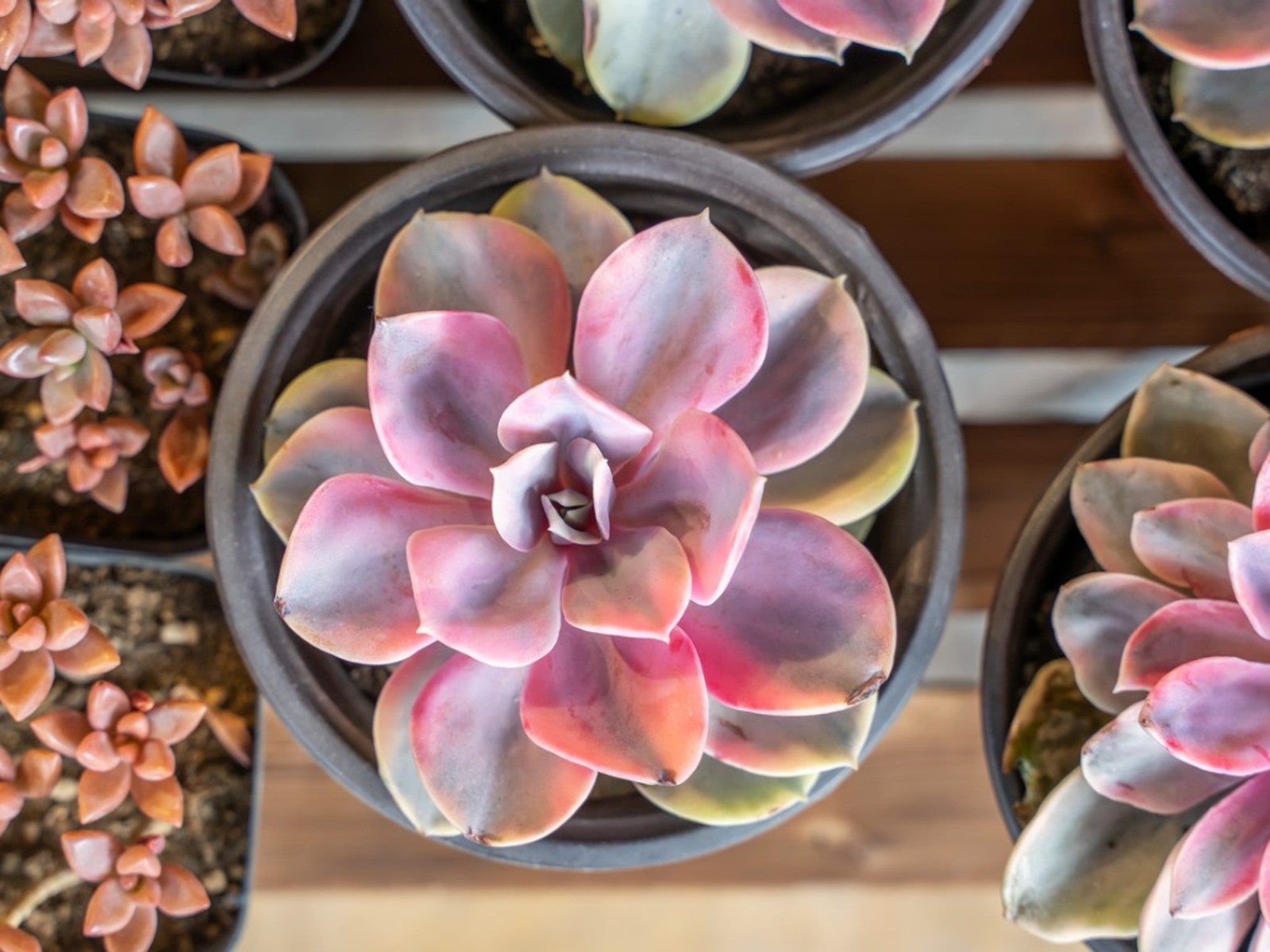 Pink Succulents Varieties To Try: How To Grow Perfect Pink Succulent Plants
Pink Succulents Varieties To Try: How To Grow Perfect Pink Succulent PlantsPink succulents may display the color on leaf edges or with streaks or blotches mingled throughout the foliage. Here are our favorites.
By Becca Badgett
-
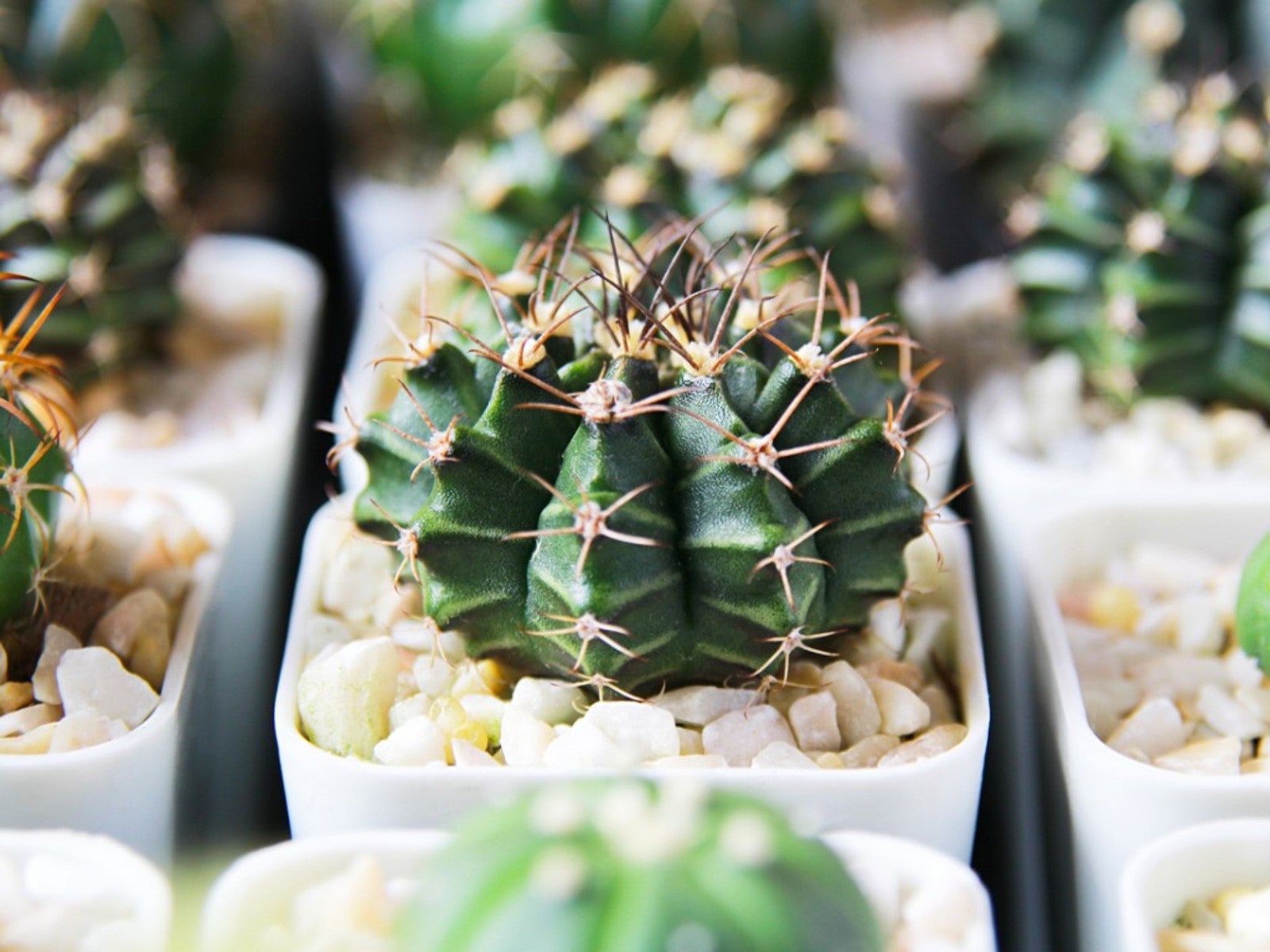 10 No Fuss Cacti - What’s The Best Low Maintenance Cactus
10 No Fuss Cacti - What’s The Best Low Maintenance CactusIf you’re thinking of adding plants to your collection, consider no fuss cacti. Click here for an easy cacti list, even for beginners.
By Becca Badgett
-
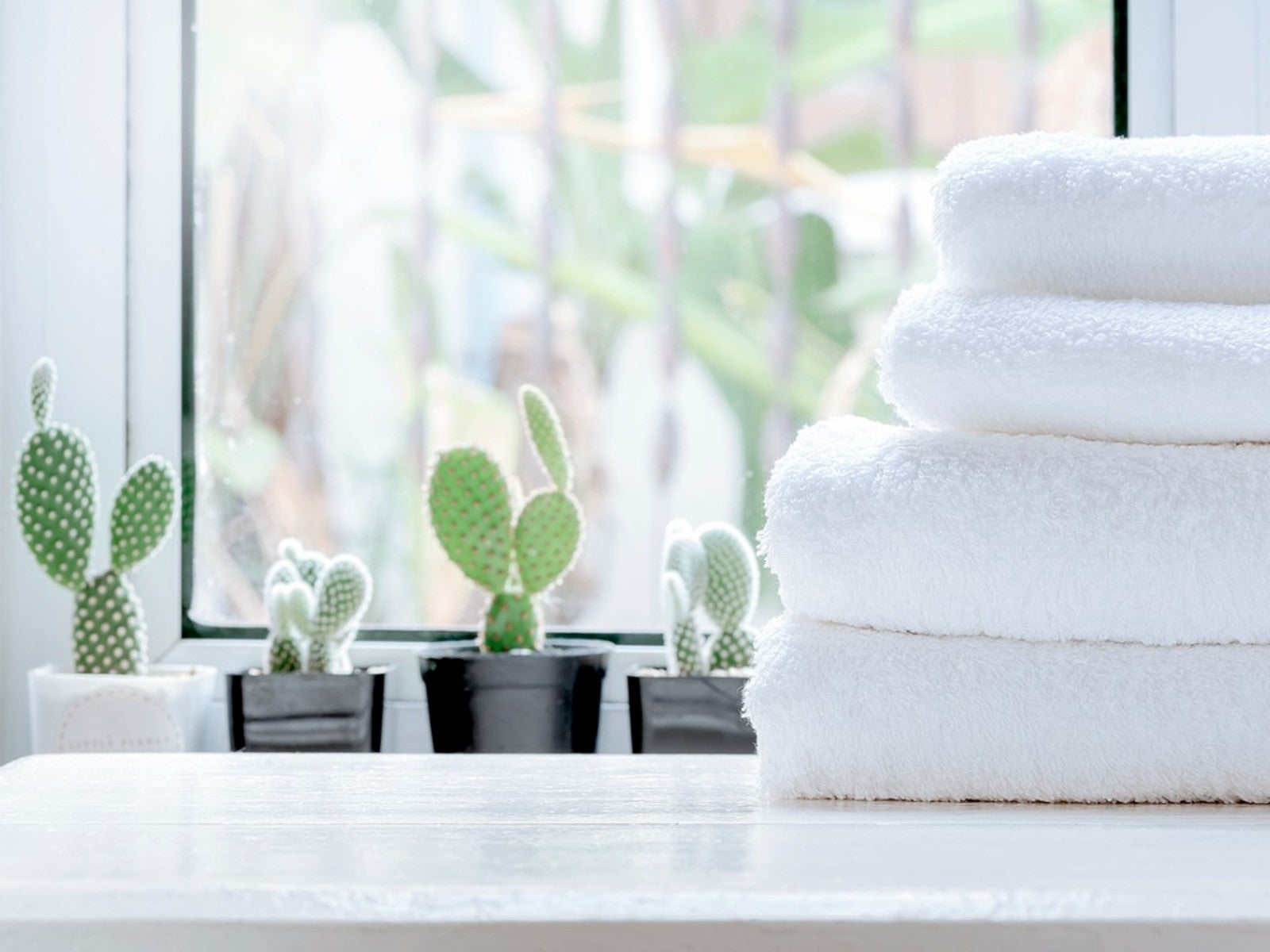 5 Best Succulents For A Bathroom
5 Best Succulents For A BathroomSome succulents can be great options for bathroom decoration. Read on for our top five bathroom succulent ideas.
By Becca Badgett
-
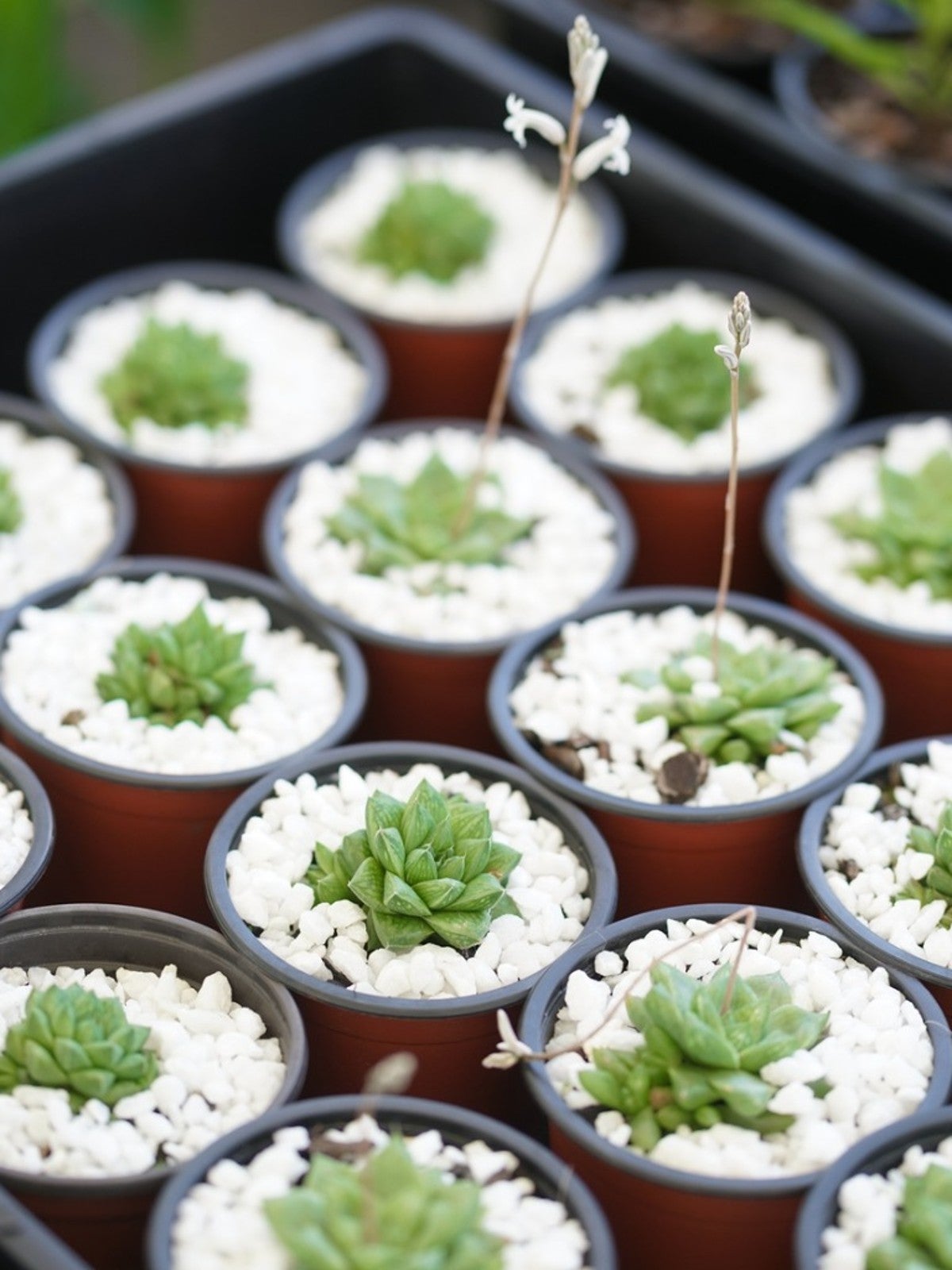 What Is A Succulent Starter Kit - Best Succulent Starter Kits
What Is A Succulent Starter Kit - Best Succulent Starter KitsWhile garden kits are not the most inexpensive option for growing succulents, they do include everything you’ll need. Grow succulents from seed by using a succulent seed starter kit to learn the process and to check your results.
By Becca Badgett
-
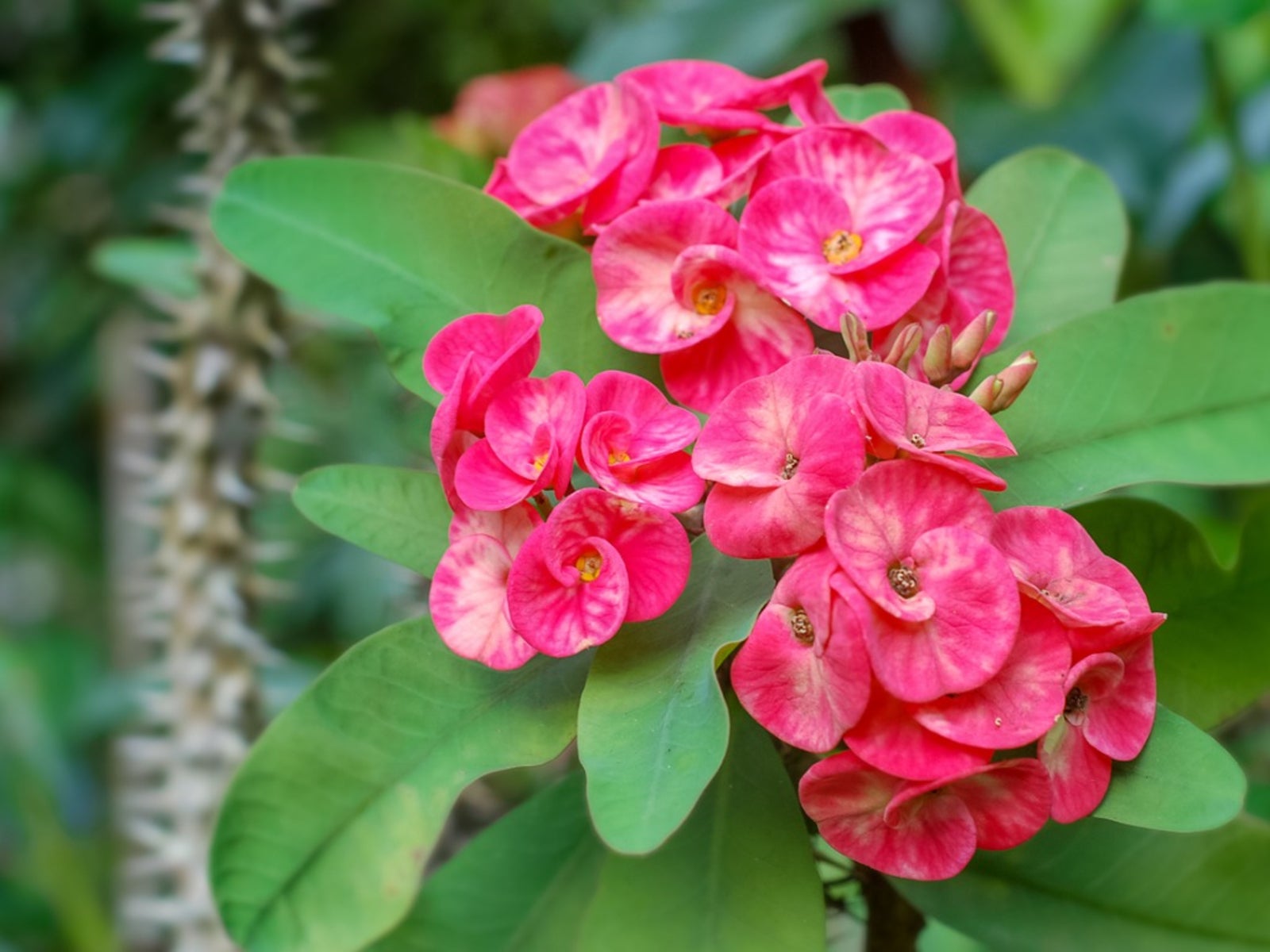 Dazzling Succulents - Succulents With Striking Flowers
Dazzling Succulents - Succulents With Striking FlowersWhen you think of succulents you may just envision their unique leaves and stems. But succulents also produce bright and bold flowers in the right conditions. Read on to learn more.
By Bonnie L. Grant